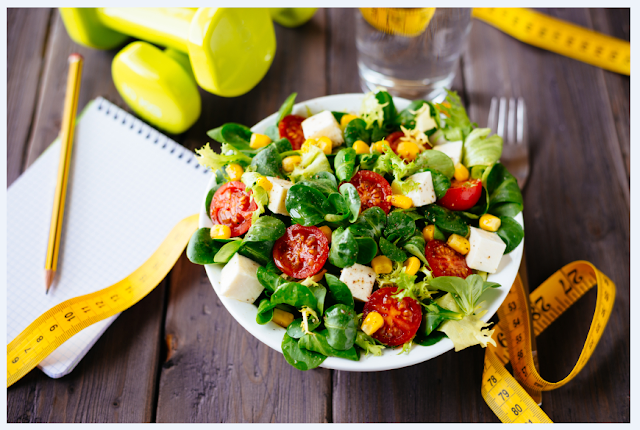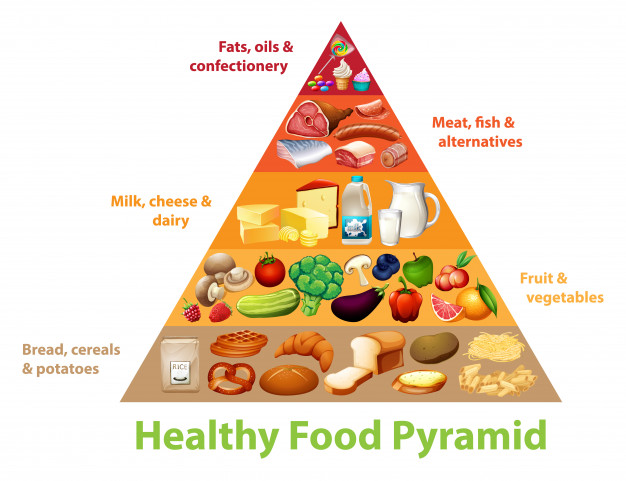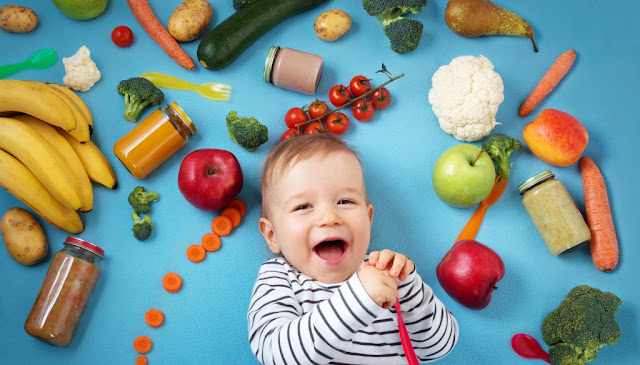Healthy Food Habits

Healthy Food Habits One of the most important reason India doing well in fight against Covid is our food habits. It’s not in the business interest of the western world’s food industry to acknowledge this. - we eat local - we eat seasonal - we eat fresh - we cook 2/3 times in a day - Indian food not only provides fuel and energy to body but also has lots of preventive medicinal properties in our daily food items. - we have masala chai and not coffee - we eat poha / Upma / paratha / idli and not useless cornflakes. - we eat wheat / nachani / jawar / bazara/ barley/ maize ( mix roti) before multi grain became popular. - we have sambhar / shikanji/ lassi / chaas/ kokam etc and not harmful chemical called cola drinks! - many India foods are super foods without cleverly marketed. - most Indian moms and grannies are nutrition specialists without any formal education/ qualification. - time to raise a toast ( or perhaps roti ) to honor our long tradition and




